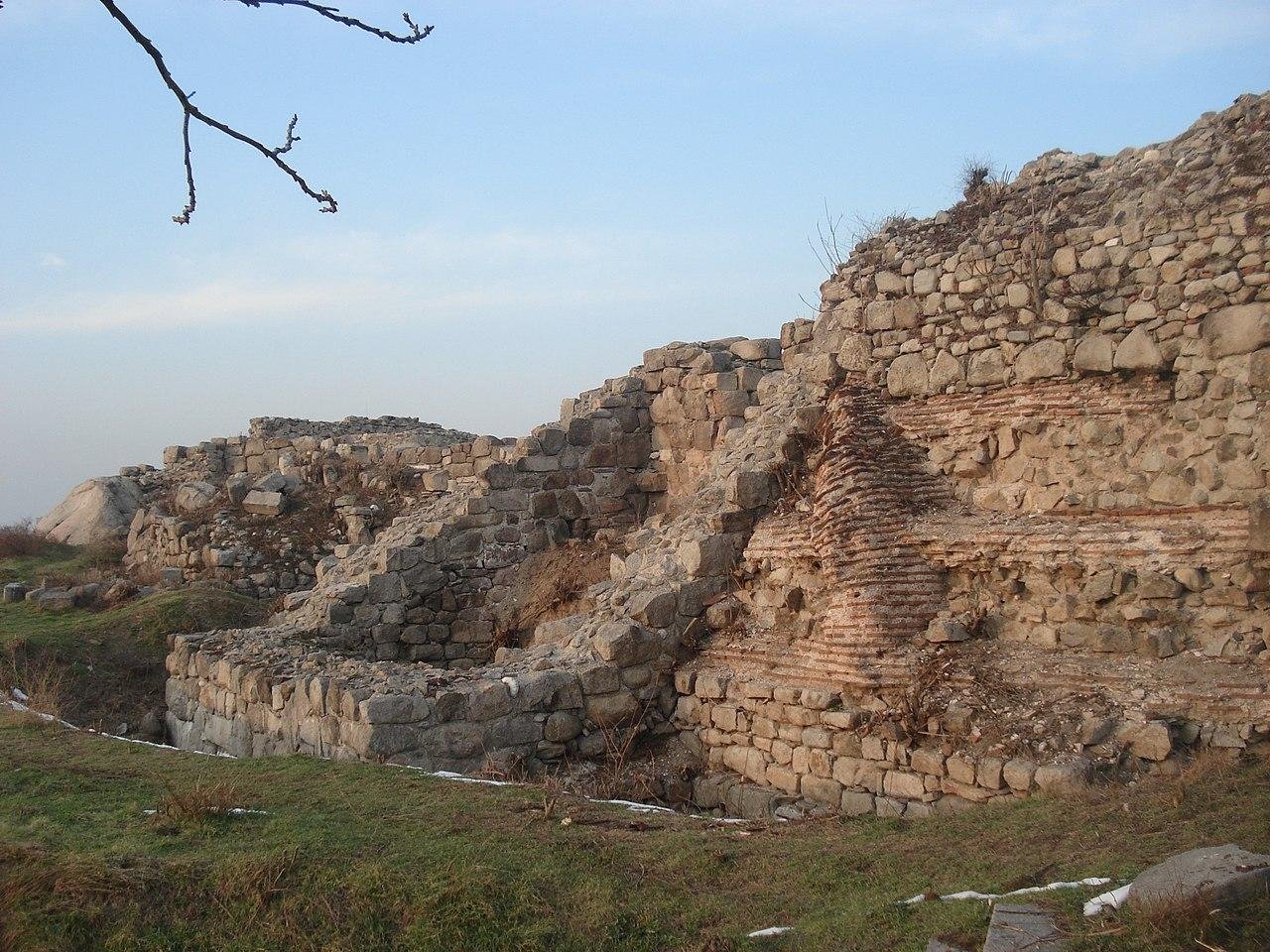Archaeologists in Plovdiv, Bulgaria, have unearthed a significant cache of ancient artifacts during rescue excavations at the foot of the city’s Old Town, near the historical Eastern Gate of Philippopolis.
 Nebet Tepe fortification in the old town of Plovdiv. Credit: Realsteel007, CC BY-SA 4.0
Nebet Tepe fortification in the old town of Plovdiv. Credit: Realsteel007, CC BY-SA 4.0
The site, located within the Philippopolis-Trimontium-Plovdiv historical zone—a designated group cultural monument—has yielded more than 500 coins from various eras and a gold ingot intended for jewelry making. The excavations were led by Desislava Davidova from the Regional Archaeological Museum in Plovdiv.
The coins, predominantly bronze, date from different periods, revealing the area’s long-standing habitation. Davidova noted that the coins will undergo restoration. However, she also mentioned that the exact composition of the coins is yet to be determined, as some may include silver covered by a thick patina, making them difficult to identify in the field. “The coins found are mostly bronze and prove that the area has been inhabited for more than 2,500 years,” Davidova told Radio Plovdiv.
The gold ingot, uncovered in a secondary pit, was not intended for coin production but likely served as a template for making jewelry. This find highlights the artisanal nature of the area, which is believed to have housed small workshops and craft premises, particularly before the arrival of the Romans. Davidova explained that these workshops differ from those in the southeast of the city, where different types of production took place. “This is basically where the settlement developed before the Romans came, and for that, it is of particular interest,” she said in a statement to BTA, the Bulgarian News Agency.
The archaeological site, situated about 100 meters from Philippopolis’ East Gate, is rich in historical layers, with cultural deposits reaching depths of up to seven meters. The team’s excavations have descended to approximately 6.5 meters, uncovering structures and artifacts from multiple periods, including the Hellenistic era (3rd–1st century BCE) and the Roman period. Among the finds are ceramic vessels dating from the 3rd to the 4th century CE and an iron lamp, a rare find given the material’s tendency to deteriorate over time.
One of the most remarkable discoveries at the site is an inscription believed to be from the pedestal of a statue, dating back to the reign of Emperor Septimius Severus (193-211 CE). According to Dr. Nikolay Sharankov, a specialist in epigraphy, the inscription is likely honorific, though further analysis is needed. A specialized team will be ᴀssembled to study the inscription in detail.
The finds from this excavation are set to undergo further analysis, with the potential to shed more light on the history of Philippopolis, a city known for its rich and varied past. Plovdiv, one of Europe’s oldest continuously inhabited cities, has seen the influence of numerous civilizations, including the Thracians, Romans, and Byzantines, each leaving their mark on the city’s cultural and architectural heritage.





